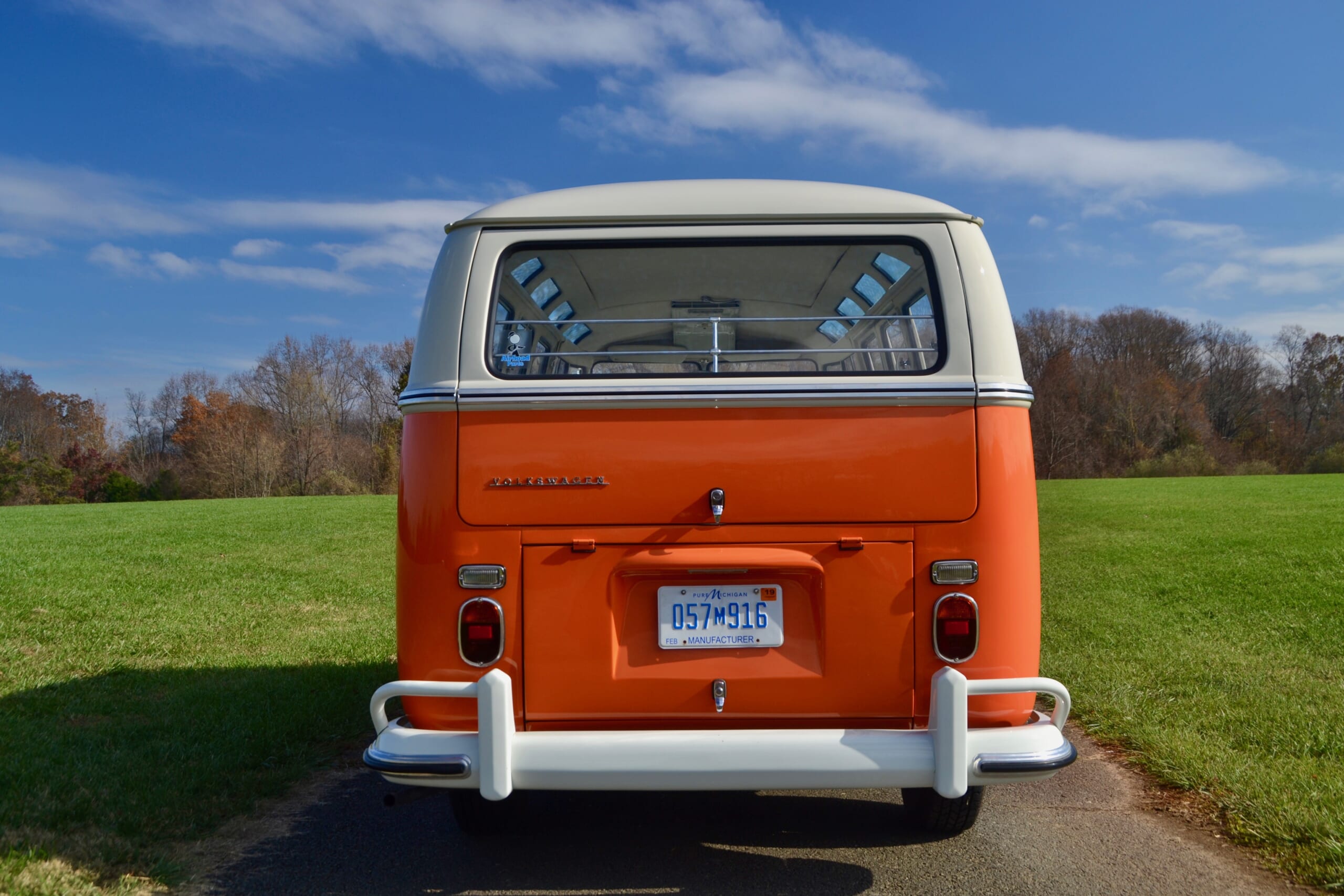8 Reasons Why the Classic VW Bus Is a Timeless Legend
It ain’t the speed.
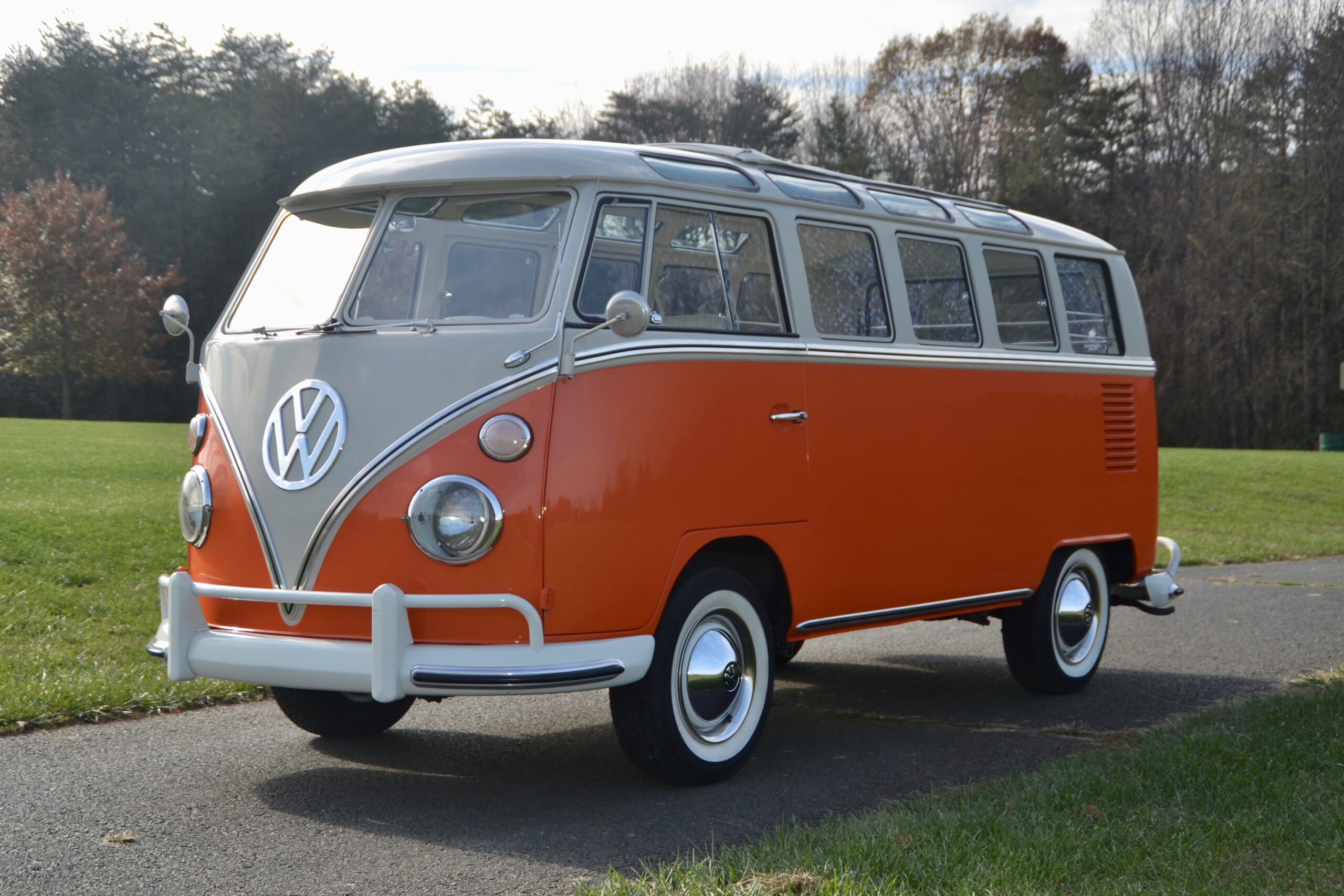
The humble Volkswagen bus arose as the maximum passenger-carrying variant of the even more proletariat Volkswagen car, a tiny breadbox of a machine that inexplicably contains seating for nine passengers, plus cargo space for luggage.
So it seems ironic that so simple a machine should grow the outsized legend that it is today, after decades of hauling families, ferrying hippies to shows and ultimately becoming a cultural totem that defies its simple technical components and its original affordable price. (There’s even an all-new electric version in the works!)
The NADA Price Guide says that a 1967 Volkswagen Transporter in excellent condition like this one that belongs to Volkswagen of America is now worth $110,000. Which seems like a lot for a 1.5-liter, 53-horsepower box.
Which is why we took this one for a spin to learn the secrets of its enduring appeal. Here’s what we found.
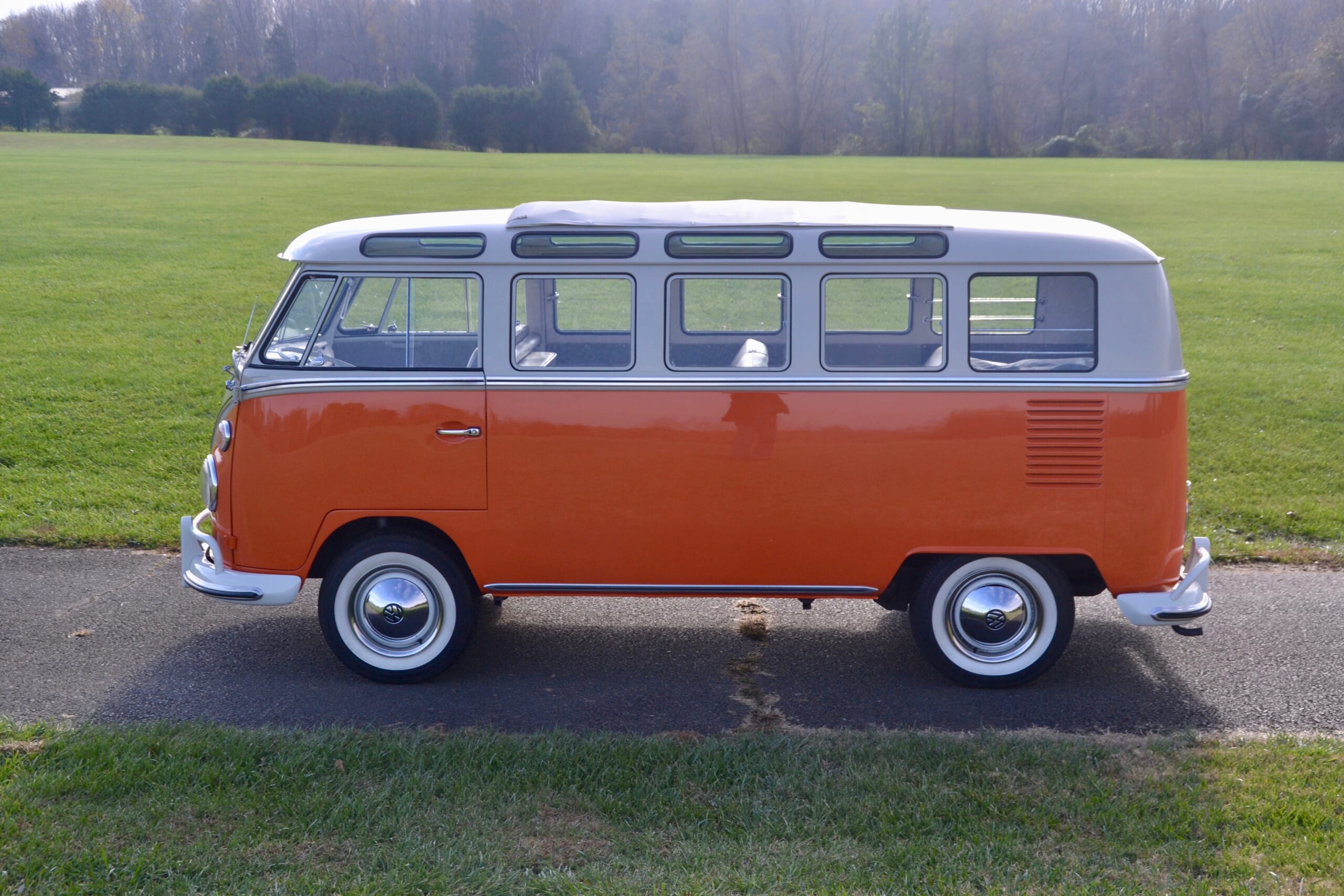
1. Everyone smiles at a classic VW bus. We got thumbs-ups, waves and smiles everywhere we went in this classic ride. If you want to feel good, take a shiny orange ’67 VW bus for a drive. You’ll feel like everybody’s new best friend.
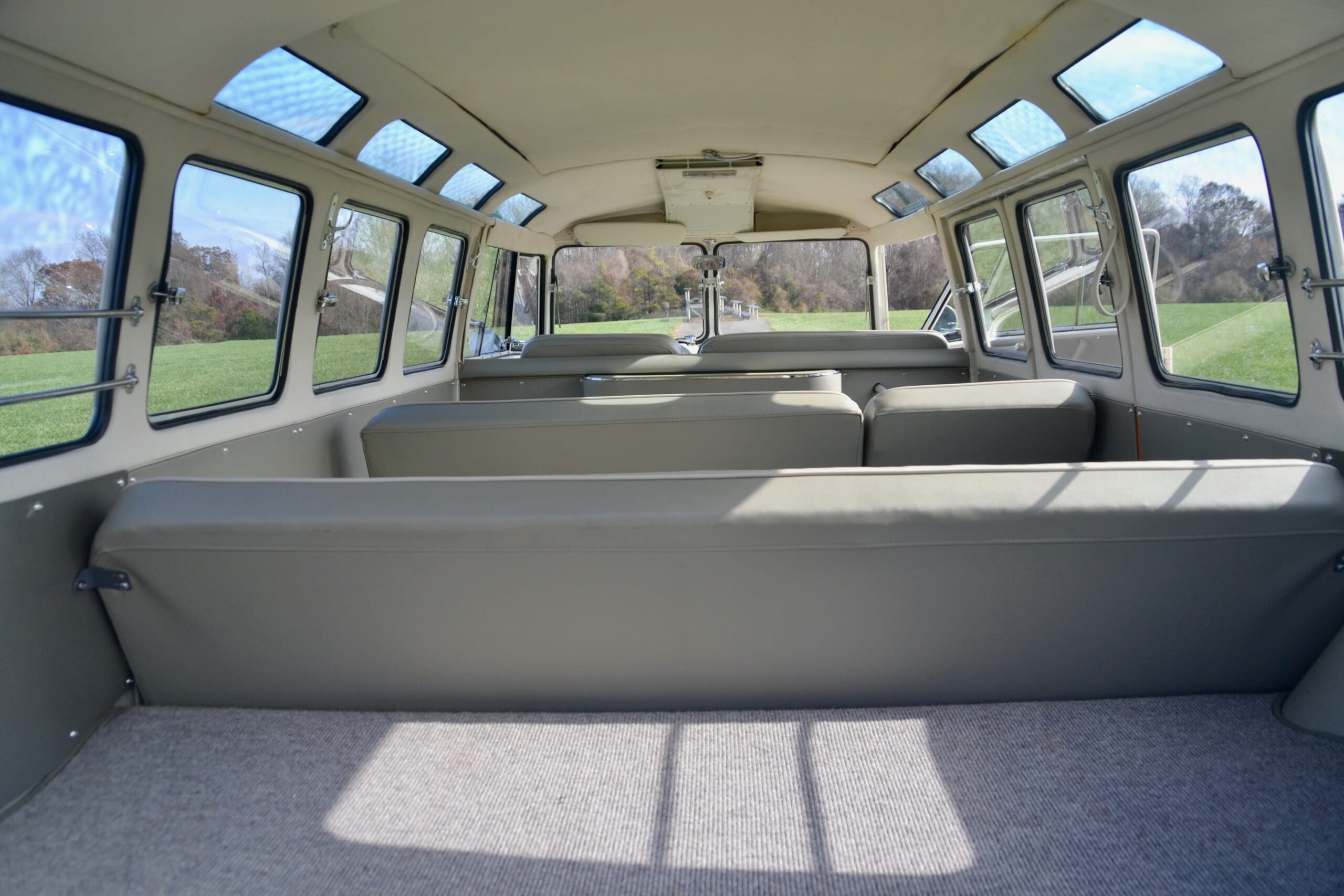
2. There’s room to take all your friends with you. No lie. It actually seats nine people in comfort. The big, thickly cushioned seats are ridiculously comfortable compared to modern seats with their thin padding. The seat backs are a bit upright, but your mom told you to sit up straight anyway.
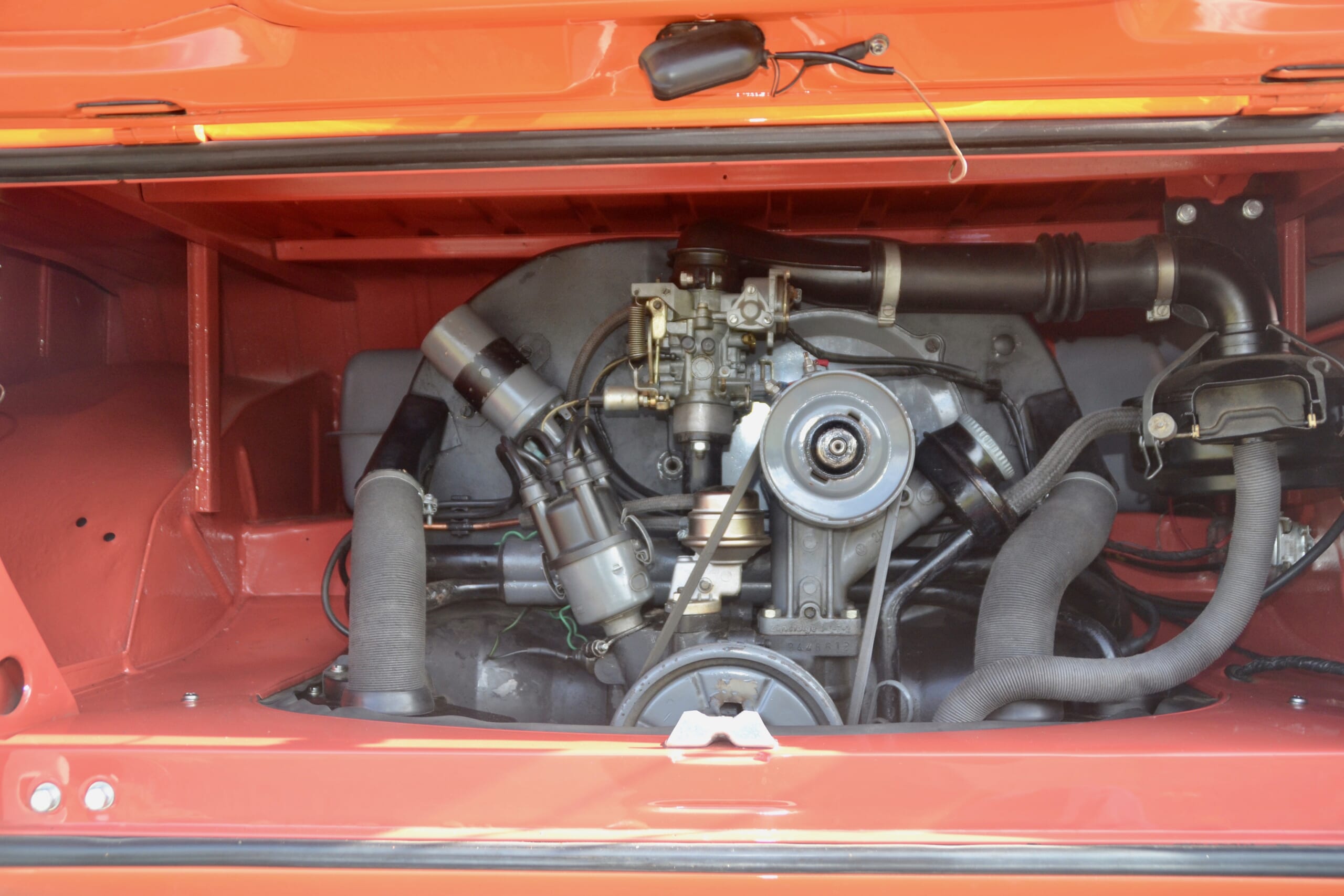
3. You’ll never get a speeding ticket. Even driving solo, the 53-horsepower engine had trouble pushing the bus to extra-legal speeds anywhere outside school zones, so you don’t have to worry about tickets. Seriously, a flat-on-the-floor drag race against the oblivious retiree in a Honda CR-V in the next lane produced a defeat when the light turned green.
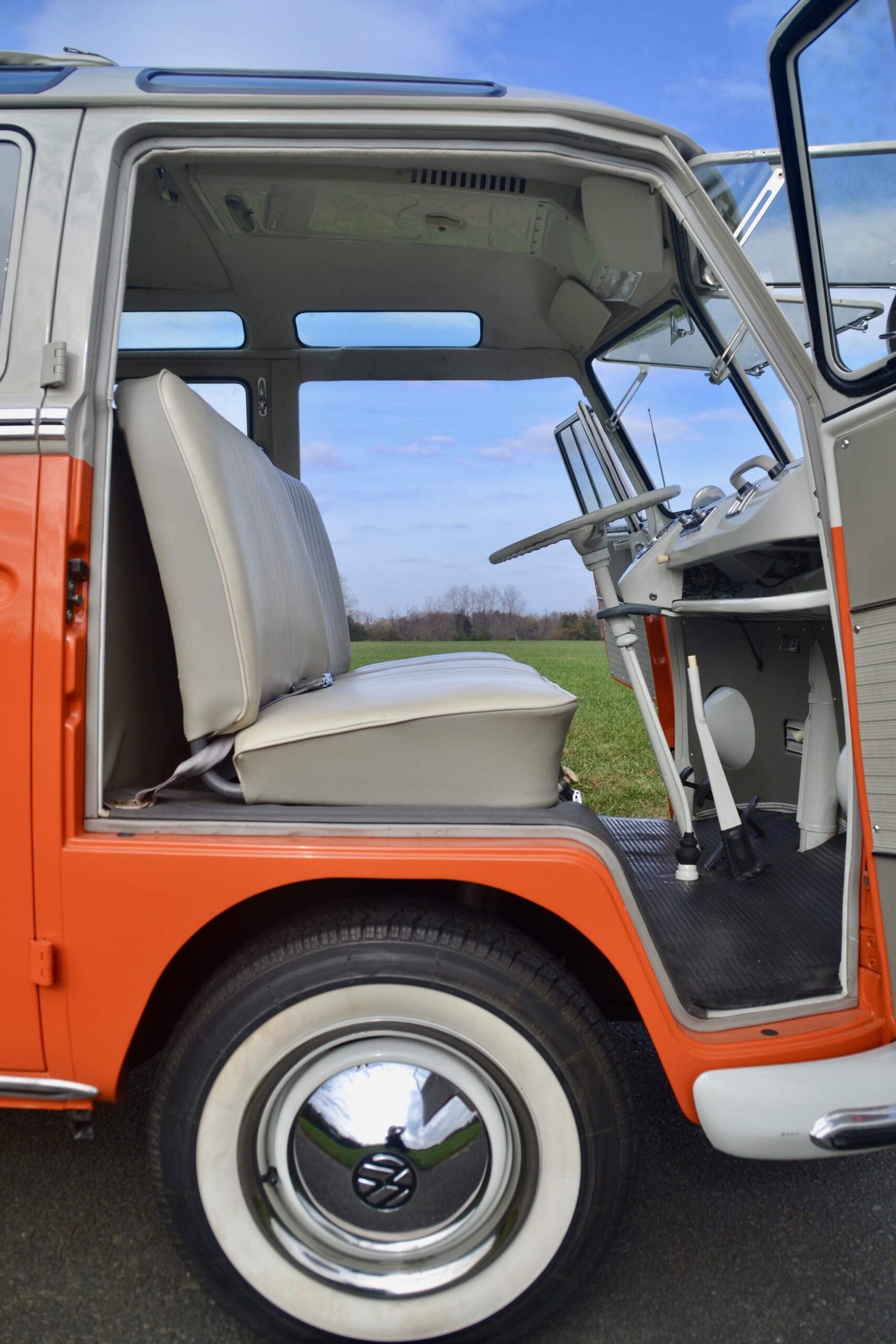
4. You’ll pay attention to driving. Shepherding the four-speed manual shifter through its gears, extracting the little available power from the engine and plotting stops using the four-wheel drum brakes as far in advance as possible will hold the driver’s attention and prevent any distractions from smart phones or other gadgets.
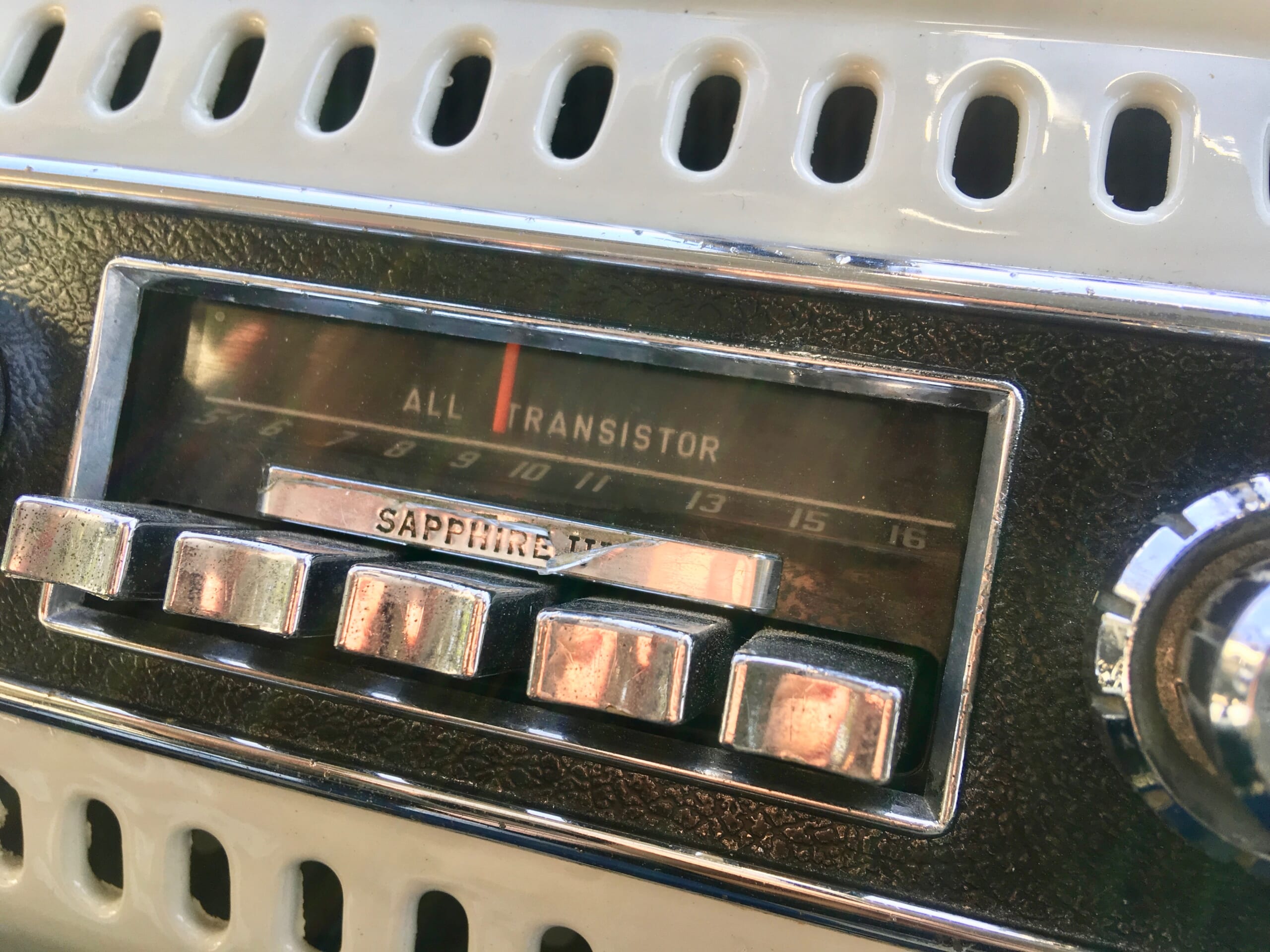
5. It has an awesome retro entertainment system. The (all-transistor!) single-speaker AM radio works perfectly. Which means that it tunes in a static-filled amplitude modulated signal that comes and goes as you drive. A local station did have the excellent timing to play a period-appropriate “Black Magic Woman” by Santana, so that was good.

6. Unparalleled climate control. Yeah, your car has air conditioning. This ’67 bus’s two-part windshield flips up to provide direct airflow. Which highlights another benefit of driving slowly, because you probably don’t want a 70 mph wind blast in the face.
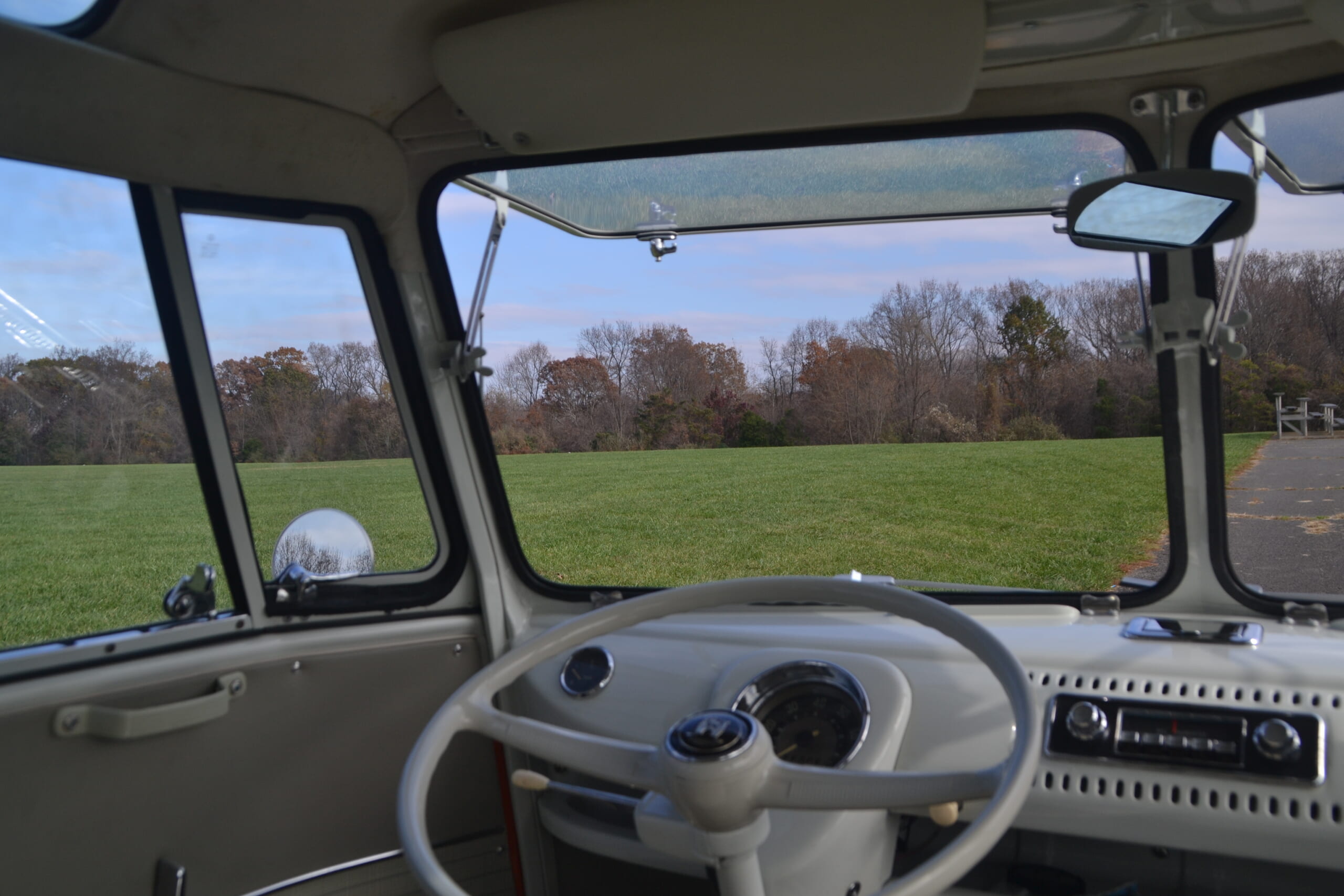
7. An awesome steering wheel. Seriously, you’ll feel like captain of the USS Nimitz gripping the enormous, flat steering wheel to point the bus in its intended direction. Which it follows surprisingly well. With so much leverage, the thin-rimmed plastic wheel makes the driver feel like the bus will do anything its told.
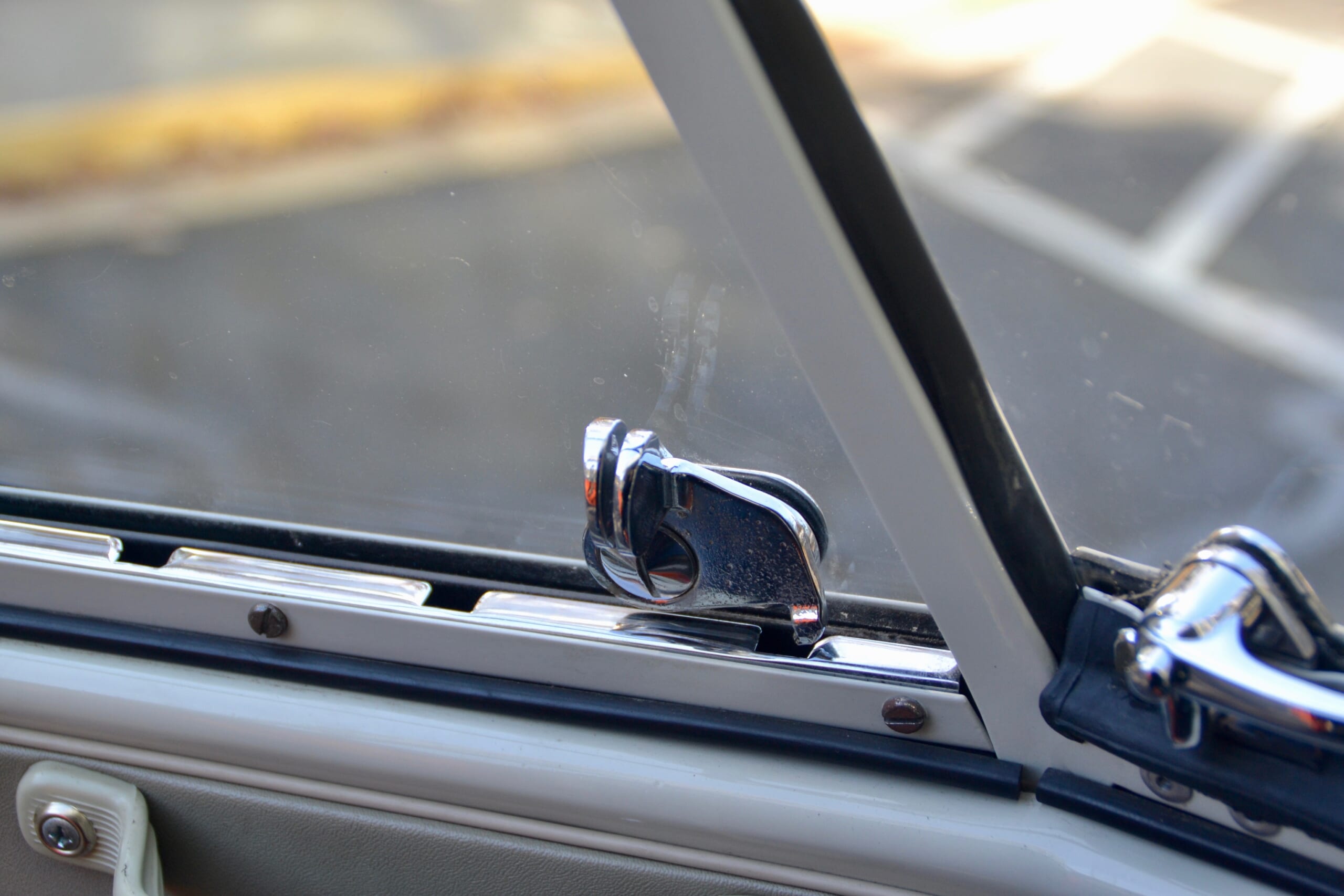
8. The windows. Yeah, you’re a classic car expert and you know all about hand-crank windows. Whaddaya know about no-crank windows? The VW’s windows slide sideways to open, sort of like a horizontal version of school bus windows. Plus it has rows of little windows in the roof. And a giant canvas sunroof. So many windows. That’s why it is often called a 23-window bus, to distinguish it from lesser vehicles. Like yours.
